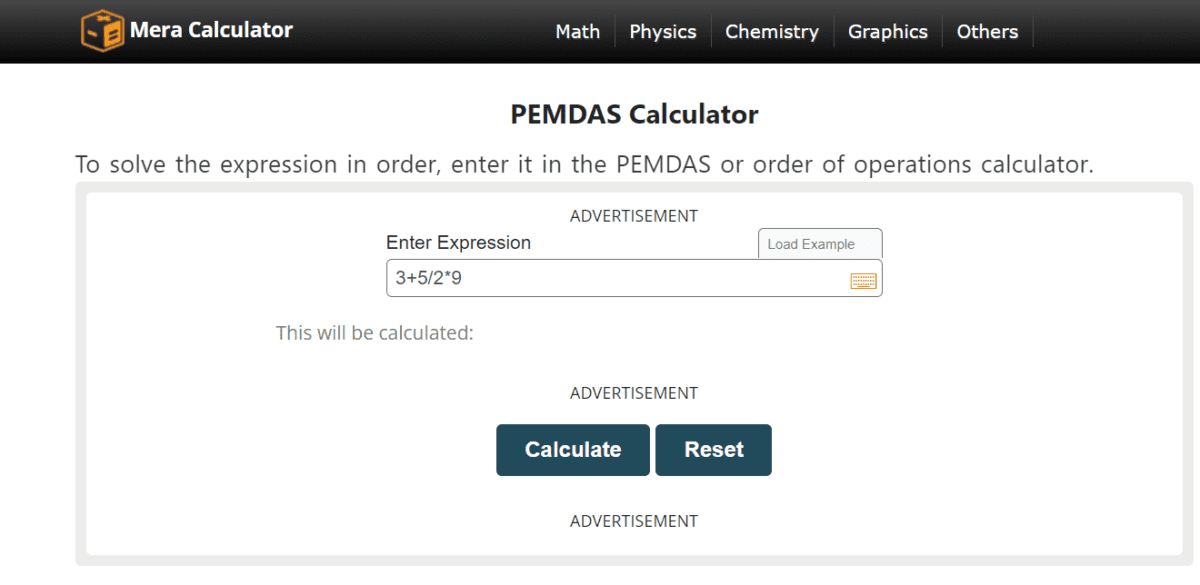Interim financial statements are crucial for monitoring your business’s performance between annual reviews. Discover their benefits, learn how to create them, and see practical examples to stay agile and informed—all without needing an accounting degree!
Interim Financial Statements: Your Business’s Mid-Game Scorecard
Interim financial statements are like a halftime report for your business—they give you a snapshot of performance between the big annual reviews. Unlike year-end reports that wrap up a full cycle, these shorter-term check-ins track how your company is doing over weeks, months, or quarters. For business owners, investors, or managers, they’re a vital tool to stay agile, spot trends, and adjust strategies on the fly.
In this article, we’ll break down what interim financial statements are, why they’re a game-changer, and how to create and use them effectively. With fresh insights and a practical example, you’ll see how these reports can keep your business on track—no accounting degree required! Let’s dive into this financial pitstop and explore its power.
What Are Interim Financial Statements?
Interim financial statements are condensed reports that cover a period shorter than a full fiscal year—typically a quarter (3 months), a month, or even a custom timeframe. They include the same core components as annual statements but in a leaner format:
- Income Statement: Shows revenue, expenses, and profit/loss for the period.
- Balance Sheet: Lists assets, liabilities, and equity at a specific point in time.
- Cash Flow Statement: Tracks cash inflows and outflows during the period.
Think of them as progress updates—less formal than annual filings but packed with real-time insights. Public companies often file them quarterly (e.g., SEC Form 10-Q in the U.S.), while private businesses use them internally to stay sharp.
Why Interim Financial Statements Matter
These mid-cycle reports aren’t just paperwork—they’re a strategic edge. Here’s why they’re worth your time:
- Real-Time Pulse: Catch issues—like declining sales or rising costs—before they snowball.
- Decision Fuel: Guide choices like hiring, cutting expenses, or ramping up marketing.
- Cash Flow Clarity: See if you’re burning cash or building a surplus, critical for short-term survival.
- Stakeholder Trust: Share with lenders or investors to prove you’re on top of things.
- Goal Tracking: Measure progress against budgets or forecasts mid-year, not just at the finish line.
In short, they’re your early warning system and playbook rolled into one.
How to Create Interim Financial Statements
Making these reports doesn’t require a financial wizard—just good records and a clear process. Here’s how to whip them up:
01: Define the Period
- Pick your timeframe: a month (e.g., January), a quarter (e.g., Q1), or a custom stretch (e.g., 6 weeks for a project).
- Align it with your needs—monthly for tight cash flow, quarterly for broader trends.
02: Gather Data
- Income Statement: Collect revenue (sales, services) and expenses (rent, payroll, supplies) for the period.
- Balance Sheet: Update assets (cash, receivables, inventory) and liabilities (loans, payables) as of the period’s end date.
- Cash Flow: Record cash from operations, investing (e.g., equipment buys), and financing (e.g., loan repayments).
- Tools: Pull from accounting software (e.g., QuickBooks, Xero) or your ledger if you’re manual.
03: Compile the Statements
- Income Statement: Revenue – Expenses = Net Income. Keep it simple—no need for exhaustive notes.
- Balance Sheet: Assets = Liabilities + Equity. Double-check it balances.
- Cash Flow Statement: Start with net income, adjust for non-cash items (e.g., depreciation), and factor in asset/liability changes.
04: Review and Adjust
- Scan for errors—did sales spike unrealistically? Are expenses missing?
- Use estimates if final numbers (e.g., taxes) aren’t ready, noting them as provisional.
A Practical Example
Let’s walk through interim statements for “BrewRise Café” for Q1 (January-March):
Q1 Data:
- Revenue: $60,000 (coffee sales)
- Expenses: $40,000 (rent $10,000, staff $20,000, supplies $10,000)
- Cash: $15,000 (started with $10,000, ended with $15,000)
- Accounts Receivable: $5,000 (catering invoices)
- Inventory: $8,000 (coffee beans)
- Accounts Payable: $6,000 (owed to suppliers)
- Loan: $20,000 (unchanged)
Interim Statements:
- Income Statement (Q1):
- Revenue: $60,000
- Expenses: $40,000
- Net Income: $20,000
- Balance Sheet (March 31):
- Assets:
- Cash: $15,000
- Receivables: $5,000
- Inventory: $8,000
- Total Assets: $28,000
- Liabilities & Equity:
- Payables: $6,000
- Loan: $20,000
- Equity: $2,000 (prior equity – $18,000 + $20,000 net income)
- Total Liabilities & Equity: $28,000
- Assets:
- Cash Flow Statement (Q1):
- Operating: $20,000 (net income) – $5,000 (receivables increase) + $6,000 (payables increase) = $21,000
- Investing: $0 (no equipment changes)
- Financing: $0 (no loan activity)
- Net Cash Increase: $21,000 – $16,000 (inventory adjustment) = $5,000
- Starting Cash: $10,000 + $5,000 = $15,000 (matches balance sheet)
BrewRise’s Q1 shows a healthy $20,000 profit and $5,000 cash gain—time to reinvest or save?
How to Use Interim Statements
Once you’ve got them, put them to work:
- Spot Trends: Sales up 10% from last quarter? Are costs creeping higher? Act on patterns.
- Adjust Plans: If cash is tight, delay big buys or chase receivables harder.
- Communicate: Share with your team or bank to align goals or secure credit.
- Compare: Stack against budgets or prior periods—BrewRise’s $20,000 profit might beat its $15,000 target.
Tips for Success
- Keep It Simple: Focus on key numbers—don’t drown in details unless you’re public-facing.
- Stay Consistent: Use the same format each time for easy comparisons.
- Automate: Software beats spreadsheets for speed and accuracy.
- Check Often: Monthly beats quarterly if cash flow is volatile.
Final Thoughts
Interim financial statements are your business’s mid-race checkpoint—showing where you stand and where to steer next. For BrewRise Café, a quick Q1 peek revealed profit strength and cash growth, sparking ideas for expansion. You don’t need to wait a year to know your score—whip up these reports, dig into the numbers, and keep your business in the lead.
Grab your data, crank out a statement, and take control—your next big move starts with this one small step!
FAQs
1. What are interim financial statements?
Interim financial statements are condensed financial reports that cover periods shorter than a full fiscal year, such as monthly or quarterly. They include the income statement, balance sheet, and cash flow statement.
2. Why are interim financial statements important?
These statements provide real-time insights into a business’s performance, helping to identify issues, guide decision-making, track cash flow, and build trust with stakeholders.
3. How do I create interim financial statements?
To create them, define the reporting period, gather financial data, compile the three main statements, and review them for accuracy.
4. Can I do this without an accounting degree?
Yes! You can create interim financial statements with good record-keeping and a clear process; formal accounting knowledge is not required.
5. How often should I prepare these statements?
It depends on your business needs. Monthly reports are beneficial for cash flow management, while quarterly reports can help track broader trends.
6. What tools can I use to create these statements?
You can use accounting software like QuickBooks or Xero, or manually compile them using spreadsheets or ledgers.
7. How can I use interim financial statements effectively?
Use them to spot trends, adjust plans based on performance, communicate with stakeholders, and compare against budgets or prior periods for better decision-making.






